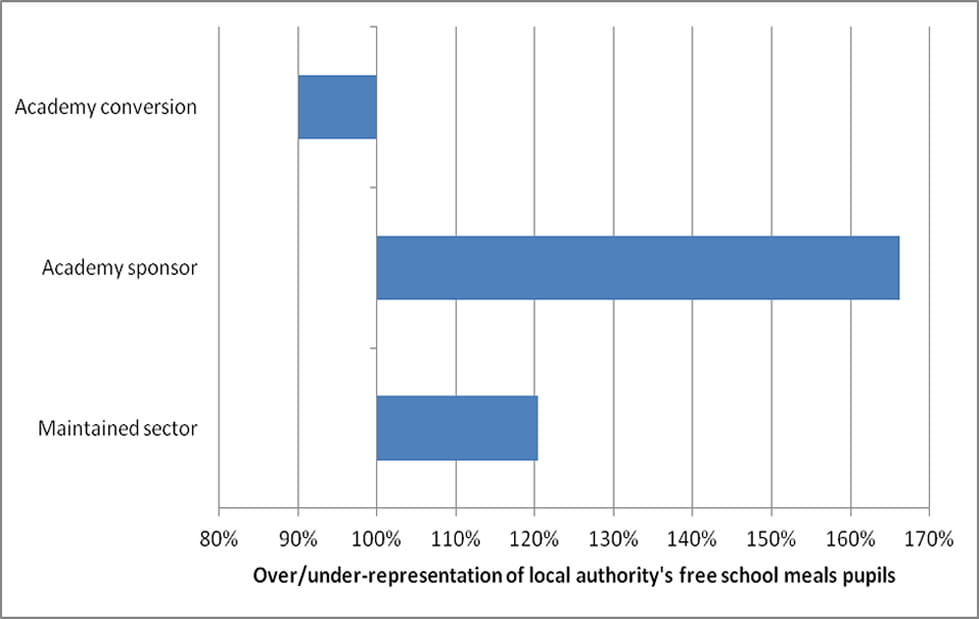Ann Hodgson and Ken Spours
The latest output from Labour’s policy review tries to tackle one of the most difficult legacies of the Coalition Government; a highly fractured and privatised English education landscape. Accordingly, David Blunkett’s Middle Tier Review decided to take aim at the Achilles’ heel of the Gove education revolution – the centralisation of contracting with thousands of schools in the hands of the Secretary of State and the fracturing of the local landscape that, they argue, undermines standards and opportunity for all.
The political dilemma for Labour, however, was to avoid being seen as embracing the old world of the local authority or “creating wholesale upheaval and deconstructing the existing landscape”. Its answer has come in the form of a complex set of proposals aimed at creating coherence, consistency and collaboration in a reconfigured local landscape. Drawing on what it sees as the successes of London Challenge, as well as other examples of local good practice, the Review makes a total of 40 recommendations. However, Labour’s new policy framework on education governance arguably revolves around five key areas.
- The appointment by clusters of local authorities of Directors of School Standards (DSS) who will oversee local performance and institutional collaboration and will work with the National Office of School Commissioners.
- Local authorities to be responsible for a range of functions including fostering collaboration, representing parents, planning school places and championing the needs of vulnerable groups such as NEETs (young people not in employment, education or training).
- Academy chains to be regulated and inspected and schools will be free to leave them and to join other types of partnerships or trusts.
- Education Panels of local stakeholders to provide additional local oversight and accountability.
- The re-establishment of the National College of School Leadership linked to an alliance of teaching schools.
In addition, and as almost throw-away points, the report also suggests the need for a light-touch curriculum framework with room for local innovation and the establishment of a Curriculum Advisory Group. This would be drawn from across the political spectrum and report to the Secretary of State to overcome politicisation of the curriculum and to ensure that all students have an entitlement to personal development, citizenship and a sense of identity and belonging.
The report, Review of Education Structures, Functions and the Raising of Standards for All: Putting Students and Parents First, is not the easiest of reads. It is simultaneously both complex and technical, and vague and open-ended. Nevertheless, its strengths lie in its recognition of the need for the devolution of powers to the local level; for greater institutional collaboration; a consistent approach to teacher professionalism and qualification; strategies to gradually knit together a local learning system and the promise of a more open approach to curriculum and innovative learning.
Interestingly, David Blunkett’s Foreword to the document focuses on learning, creativity and inspirational teaching rather than the substance of the report on educational governance. This could be seen to reflect where his heart really lies.
There are, of course, weaknesses. To some the document will still look very New Labour with its reluctance to fully politically invest in local government and local democracy – the central role of local commissioners to hold the show together; the rather vague and constrained roles of local authorities; the lack of substance behind the proposals for collaboration and the possibility that Education Panels might turn out to be just talking shops. The document also broadly ignores post-16 education and colleges, even though it talks briefly about progression at 16.
However, there may be cause for a more benign interpretation. This was never going to be easy for Labour, given the ambition of the Gove organisational revolution and David Blunkett has had to balance the advice from the different think tanks – IPPR and Compass – as well as the political preferences of Shadow Education Secretary Tristram Hunt. As such it should, we think, be seen as work in progress with some promising proposals that will need elaborating and much discussion. There’s a lot to play for as Labour continues with its Policy Review and tries to be in a position in 2015 to put any of this into practice.
 Close
Close




